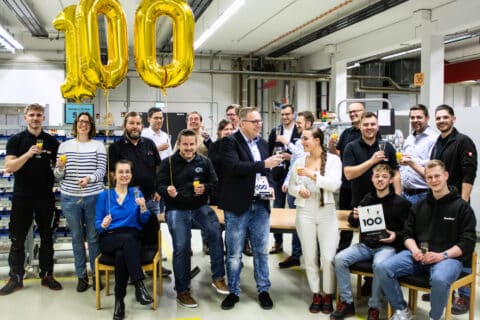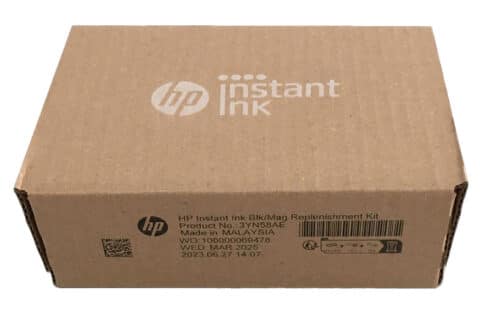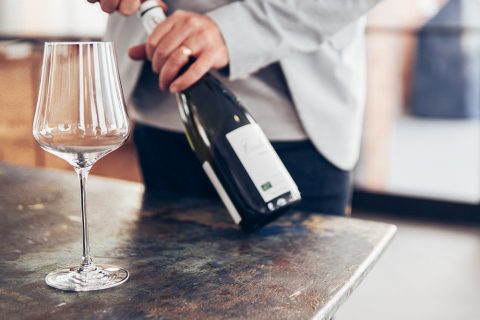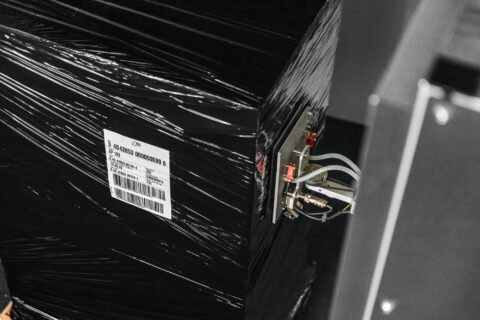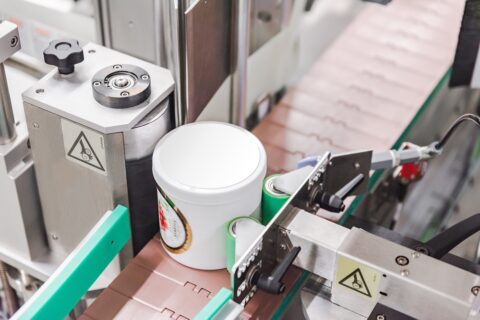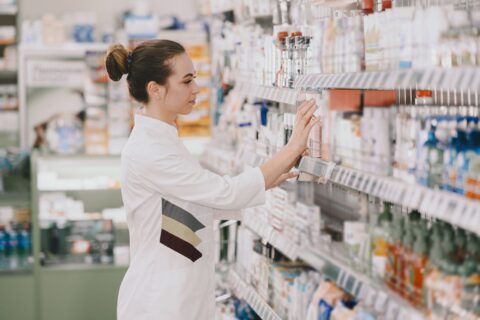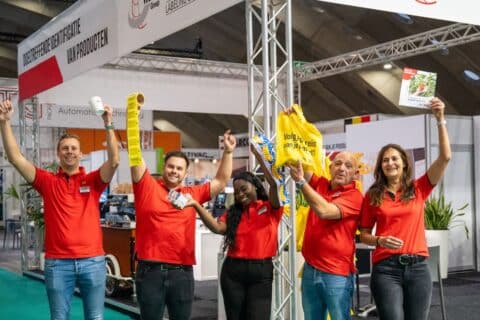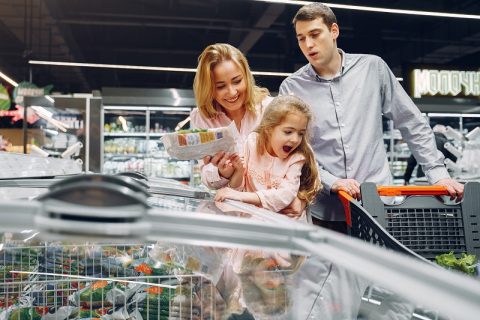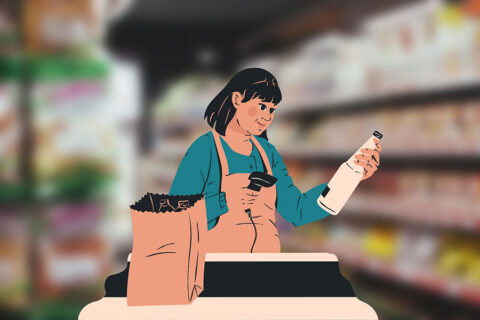Pharmacists face labeling challenges on a daily basis. We started a conversation with Jeroen Bours. He is sales director of Weber Labeling & Coding Solutions Benelux and we asked him some questions about labeling trends in the pharmaceutical industry.
Jeroen, what are the biggest labeling challenges in the pharmaceutical industry?

Jeroen: “For pharmacists, labeling means serialization and protection against counterfeiting and manipulation. You may be familiar with the Falsified Medicines Directive (FMD): here, each individual unit must be marked with a data matrix code with an individual serial number.
This is a challenge not only in terms of data security and electronic control of the units. The high production speeds and volumes also place additional demands.
Consider the production of vaccines. This involves millions of units, all of which must be individually labeled and marked. That brings with it certain expertise and technological challenges.”
What solutions do you offer the pharmaceutical industry?
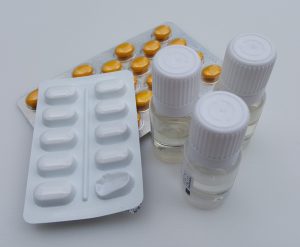
Jeroen: “Weber Marking Systems has offered individual solutions for the pharmaceutical industry for more than 50 years. In terms of hardware and software, our high-speed inkjet printers can apply 120 alternating codes per second. Not per minute or hour – per second!
We realize “proof-of-first-opening” protection with our Tamper Evident labeling machine. This is a compact system that fits even in narrow lines and applies a perforated seal to packaging units. When the pack is opened, there is immediately visible damage to the safety label and packaging.
In addition to labeling primary and secondary packaging, we have systems that also label shipping and secondary boxes. It doesn’t matter where on the box the labeling is done. However, we often see pharmacists using round-the-corner labeling.”
3. Can you give us an example?
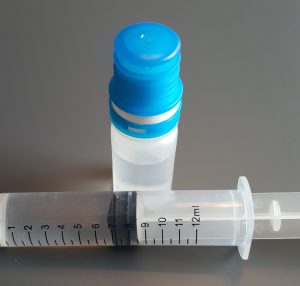
Jeroen: “Yes, we work with various machine builders who integrate our technology into their pharmaceutical packaging systems. But pharmaceutical companies are also our customers.
Seidenader is an expert in tracking & tracing of pharmaceutical products. They integrate our Tamper Evident labeling solution into their Traxeed ItemUnit Tamper Evident system.
For Dr. Schwabe GmbH we have developed a system that realizes overlapping labeling of outer boxes. This allows units to be labeled on both sides with the same label. Dr Schwabe needed this solution for the export of phytopharmaceutical products to China.
We also supply wholesalers of pharmaceuticals. Here we have created solutions for labeling the secondary and tertiary packaging with label dispensers, tamper-evident labeling, corner wrap labeling, label printers and applicators and coding solutions.”
4. How do you think labeling and coding technologies will develop in the future for pharmaceutical companies?
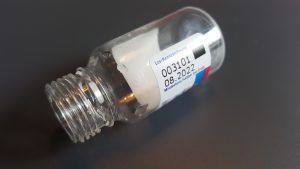
Jeroen: “We see a trend towards sustainability. We are also working towards this with our systems. For example, we save raw materials with our NoLiner labeling machine, which can process labels without a binder. The endpapers are often coated with silicone and are expensive to recycle. The NoLiner series makes bracts superfluous.”
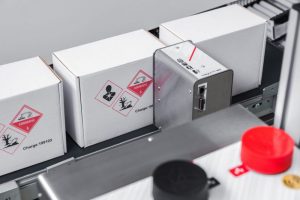
“In addition, we have developed an inkjet system that makes the label superfluous. The Integra PP 108 prints sharply, cleanly and up to 108 mm in two colors on, for example, cartons.
We have calculated that direct printing can be the most economical solution compared to labeling, depending on the application. That way, sustainability is turned into cost savings!
5. Is this solution also suitable for other applications?

Jeroen: “Of course! Labeling is necessary in all sectors. An industry that is close to the pharmaceutical industry in terms of developments in counterfeit protection is the cosmetics industry.
Quality cosmetics, including perfumes, are provided with protection at first opening through safety labels to protect the consumer and prevent product counterfeiting.”
6. What other product developments are in the pipeline?
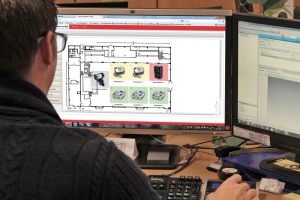
Jeroen: “We are constantly working on improving processing speed and data integration. More software protocols are being developed for which corresponding interfaces must be available on the systems.
Our software is also developing further. Not only can all labeling systems in production be networked, but also peripherals such as scales, scanners or cameras can be connected.
This is a contribution to Industry 4.0 and autonomous production processes. Labeling is always at key points the process and Weber Marking Systems can detect weak spots and bottlenecks in the process and solve them efficiently.”
Stay informed about trends & developments in labeling and coding? Subscribe to our newsletter!
SUBSCRIBE NEWSLETTER


